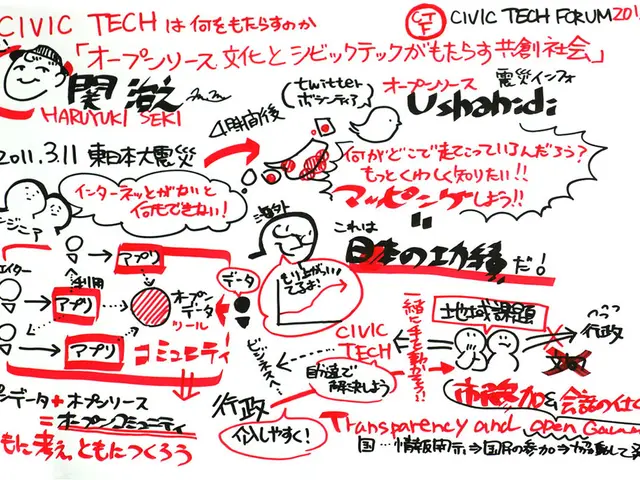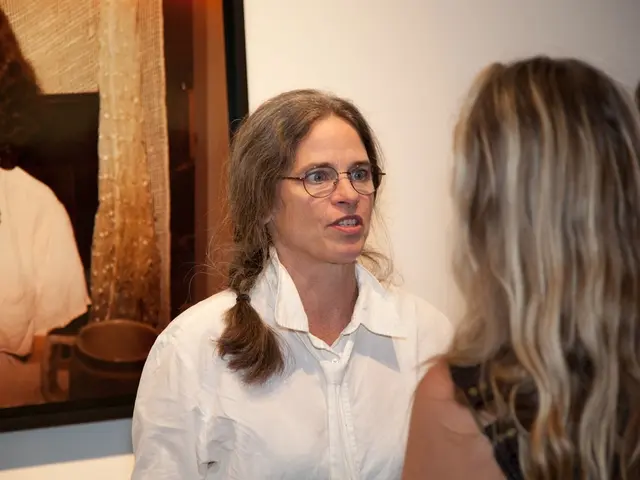Traditional Weaving in the Digital Era: The Impact of Technology on Artisan Looms
In the realm of traditional crafts, a fascinating transformation is underway. Computer-Aided Design (CAD) software is redefining the design process for handloom weaving, offering higher precision and experimentation opportunities. This digital revolution is enabling weavers to create intricate motifs and patterns with unprecedented accuracy.
As technology advances, digital archives and databases are being compiled to document unique weaving patterns, techniques, and histories. This digital preservation ensures that these valuable cultural assets are not lost to the sands of time.
The environmental impact of handloom weaving is also being addressed through technology. Innovations such as the use of natural dyes and energy-efficient methods are making handloom weaving more sustainable, contributing to a greener future in the fashion and textile industries.
Technology is also expanding market access for handloom products, allowing them to reach a global audience. Online markets and social media platforms are effective tools for advertising these products, expressing their stories, and engaging with buyers. This increased exposure is crucial for the survival and growth of handloom weaving.
Collaborations between designers and technologists are leading to exciting new developments. Smart textiles are being created, incorporating electronic components into handloom fabrics. These advancements open up new markets and applications for handloom items.
Blockchain technology is also making its mark in the handloom weaving industry. It can provide transparency and establish consumer trust by generating a digital ledger of the complete supply chain. This ensures the authenticity of handloom items and supports fair trade practices, guaranteeing that weavers are fairly compensated for their efforts.
Online tutorials, virtual workshops, and digital training programs are making it easier for aspiring weavers to learn the skill, regardless of location. This democratization of knowledge is ensuring that handloom weaving remains a relevant and valued craft for future generations.
The integration of technology is not just about modernizing handloom weaving; it's about preserving traditional techniques, improving design capabilities, and ensuring authenticity. By combining the best of both worlds, we are ensuring that the rich heritage of handloom weaving continues to thrive in the digital age.






